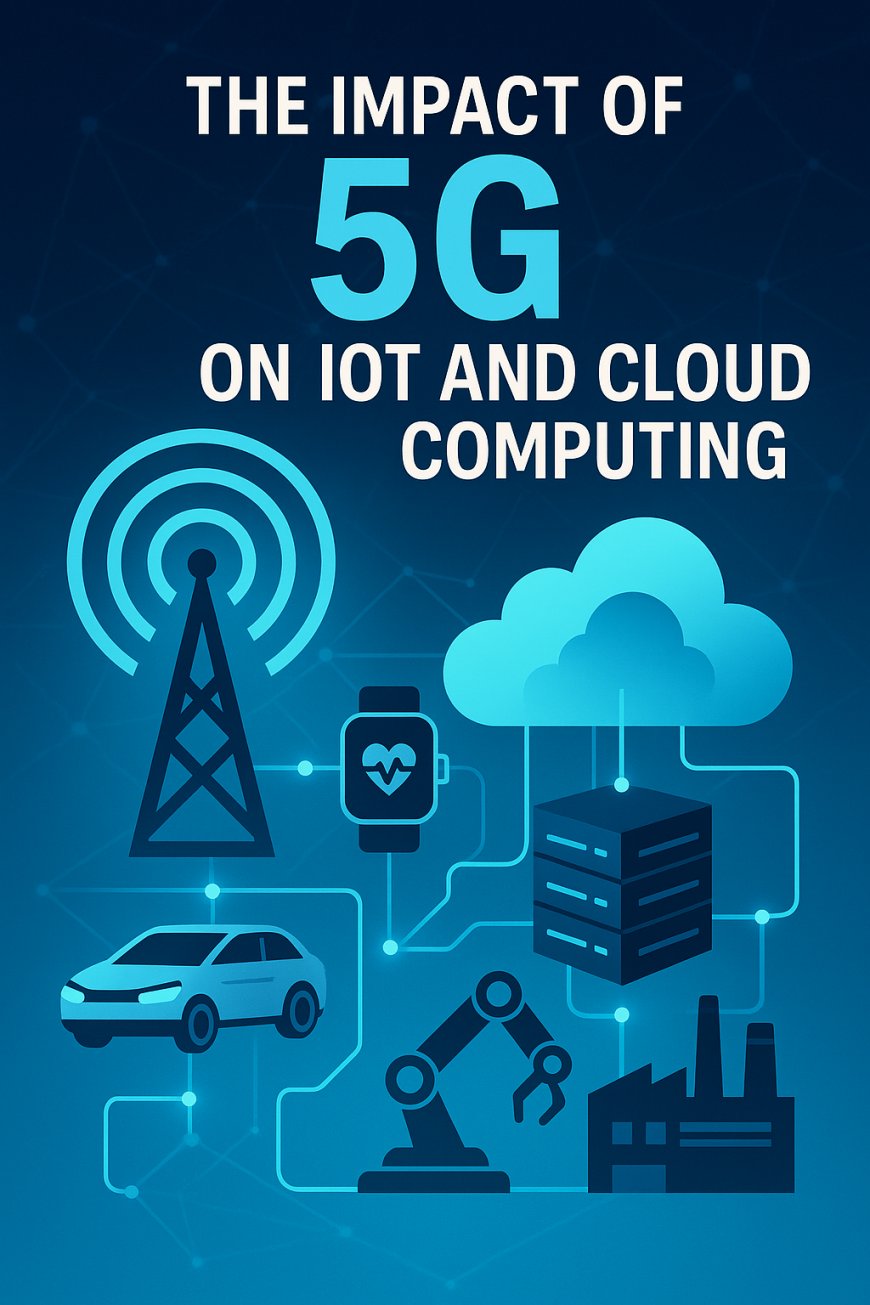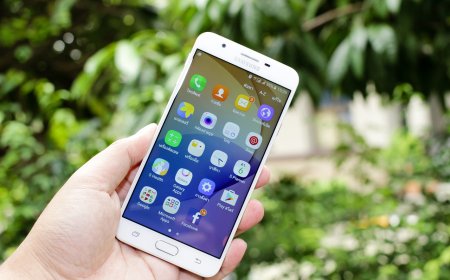The Impact of 5G on IoT and Cloud Computing
The rollout of 5G is not just a leap in mobile connectivity; it's a transformative force reshaping the landscapes of the Internet of Things (IoT) and cloud computing.

The rollout of 5G is not just a leap in mobile connectivity; it's a transformative force reshaping the landscapes of the Internet of Things (IoT) and cloud computing. As we navigate through 2025, the synergy between 5G, IoT, and cloud technologies is unlocking unprecedented possibilities, driving innovation across industries and enhancing our daily lives.
Revolutionizing IoT with 5G
At the heart of IoT lies the need for swift, reliable, and expansive connectivity. 5G addresses these demands head-on, offering ultra-low latency, high-speed data transfer, and the capacity to support a massive number of devices simultaneously.
Consider the realm of autonomous vehicles. These machines require real-time data processing to make split-second decisions. With 5G's latency reduced to as low as one millisecond, vehicles can communicate with each other and with infrastructure instantaneously, enhancing safety and efficiency.
In healthcare, 5G enables remote surgeries and real-time patient monitoring. Doctors can perform procedures from miles away, relying on the network's reliability and speed to ensure precision and patient safety.
Smart cities are another beneficiary. With 5G, urban areas can deploy thousands of sensors to monitor traffic, air quality, and energy usage, leading to more responsive and sustainable city management.
Enhancing Cloud Computing Capabilities
The cloud has become the backbone of modern digital services, and 5G is amplifying its potential. The increased bandwidth and reduced latency mean that data can be transferred to and from the cloud more swiftly, enabling real-time analytics and more responsive applications.
Edge computing, where data processing occurs closer to the data source, is gaining traction thanks to 5G. This approach reduces the load on central servers and decreases latency, which is crucial for applications like virtual reality, gaming, and industrial automation.
Moreover, 5G facilitates network slicing, allowing for the creation of virtual networks tailored to specific needs. This means businesses can have dedicated bandwidth and security protocols for their cloud applications, enhancing performance and reliability.
Real-World Implementations and Future Outlook
The integration of 5G with cloud services is not just theoretical. Telefonica Germany's decision to migrate one million 5G customers to Amazon Web Services (AWS) cloud marks a significant milestone. This move demonstrates the feasibility and benefits of combining 5G networks with cloud infrastructure, promising improved scalability and service delivery.
As we look ahead, the convergence of 5G, IoT, and cloud computing is poised to drive further innovation. From smart agriculture that uses real-time data to optimize crop yields to advanced manufacturing processes that rely on instantaneous machine communication, the possibilities are vast.
However, challenges remain. Ensuring widespread 5G coverage, addressing security concerns, and managing the costs associated with infrastructure upgrades are critical issues that stakeholders must navigate.
Conclusion
The impact of 5G on IoT and cloud computing is profound, heralding a new era of connectivity and digital transformation. As these technologies continue to evolve and integrate, they will redefine how we interact with the world, offering smarter, faster, and more efficient solutions across all facets of life.
What's Your Reaction?
 Like
0
Like
0
 Dislike
0
Dislike
0
 Love
0
Love
0
 Funny
0
Funny
0
 Angry
0
Angry
0
 Sad
0
Sad
0
 Wow
0
Wow
0
















![Why Is My Mobile Phone Slowing Down? [Explained]](https://techgo.pro/uploads/images/202505/image_140x98_681e1fd4ea7d7.jpg)




